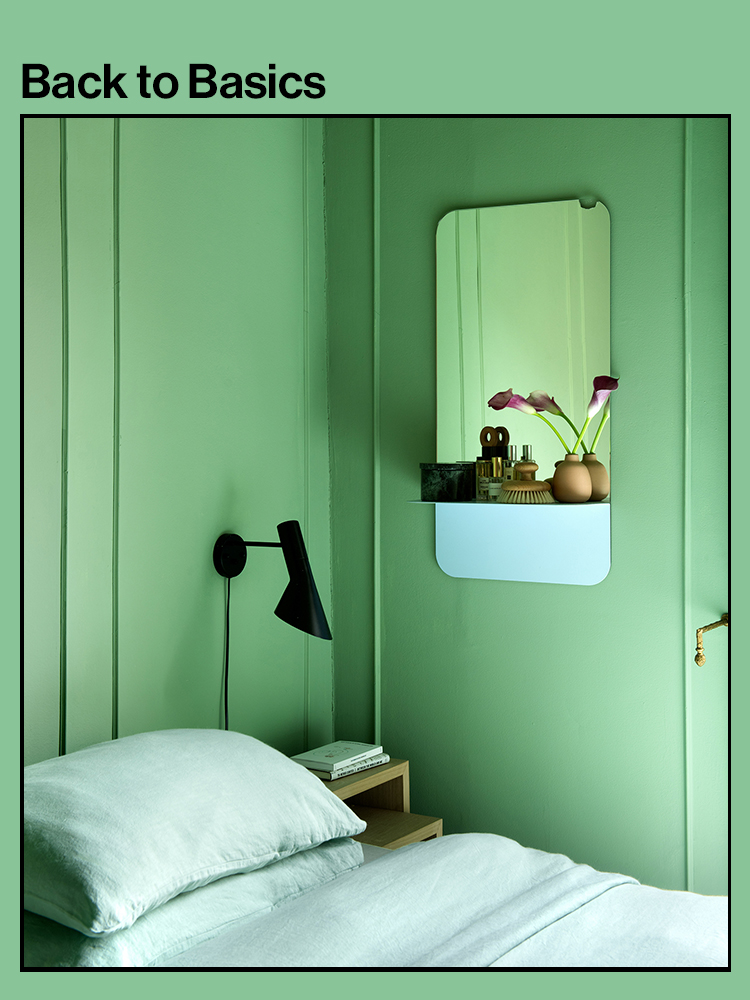We may earn revenue from the products available on this page and participate in affiliate programs.
We know it will take some convincing to give up your most beloved, decade-old, down-filled number, but have you ever thought: How long do pillows last? While those with major attachments may say forever (we understand, truly), the real answer is far less sentimental. To get down to the specifics of when to trade in those pillows you’ve grown accustomed to for a fresh set, we spoke with Mary Helen Rogers, Better Sleep Council’s vice president of marketing and communications. Read on for her tips on spotting wear and tear and what happens if you wait too late to replace them (oops).
How Long Do Pillows Last?
On average, down, cotton, feather, gel, memory foam, and fiberfill pillows should be replaced every two to three years, Rogers says. Down-alternative pillows, however, last only one to two years. Those made from latex and buckwheat are the major outliers; the former are made from rubber (known for its high durability) and functional for five to 10 years, while the latter can remain in good condition for upwards of 20—yes, you read that right—depending on how often you replace the hull filling and wash the cover.
In addition to filling, a pillow’s life span depends on how—and how often—you wash it (spot cleaning is recommended for most kinds, although you can toss gels in the washing machine with warm water and mild detergent). Additionally, not using pillowcases is a no-no; it can shorten the life of your pillow because there’s not a protective layer absorbing the moisture your face and hair leave behind.
How to Know When to Replace Your Pillows
They’re Really Flat
With the exception of some foam varieties, even firm pillows naturally flatten over time due to moisture from oils, sweat, and hair products. Then there’s the constant pressure of your head lying on it, which causes the material inside to become less fluffy over time.
The Fabric Is Yellowed or Stained
Another visible sign of a worn-out pillow is discoloration, which is the result of an accumulation of dirt, body hair, oil, or all of the above.
They No Longer Hold Their Shape
“New pillows will bounce back to their intended form,” Rogers explains. “If you fold over a filled pillow (not a solid foam one) and it stays that way, it’s past its prime.”
You Just Can’t Get Comfortable
Your pillows are officially out of commission when you feel the need to constantly adjust them throughout the night in order to get comfortable, Rogers points out. One way to ascertain if your pillow is the culprit (or if it’s another issue like your mattress) is to try sleeping on a different one for a few nights. Take note if the issue resolves itself (aka you need a new pillow) or stays the same.
What Happens If You Don’t Replace Your Pillows in a Timely Fashion?
Expect your sleep quality and quantity to diminish, Rogers warns. When a pillow becomes less supportive, your spinal alignment gets off track. Sleeping on a too-soft pillow forces your neck into an unnatural angle, which can cause stiffness, soreness, a muscle strain, or even more serious injuries. Plus mold, dust, and allergens stow away in a pillow’s insides (gross, we know). Clinging to one that’s past its expiration date may be the culprit behind acne or other skin issues, eye irritation, and congestion. In the end, Rogers has one rule that applies to every pillow: “Don’t plan on keeping it forever.”
